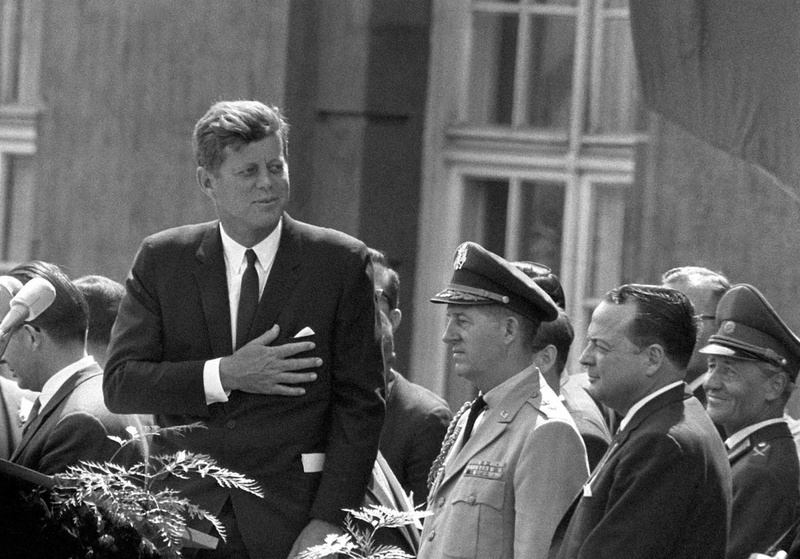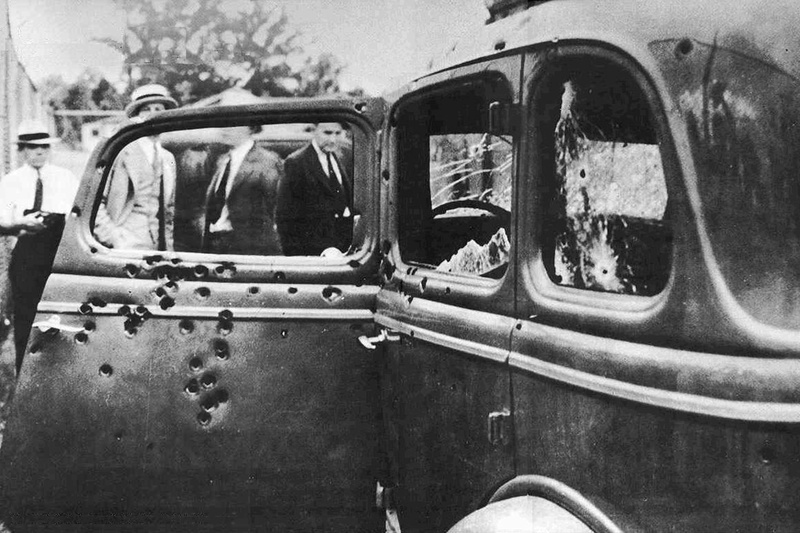 by Campbell Brodie Thu 29 Dec 2016 - 8:58
by Campbell Brodie Thu 29 Dec 2016 - 8:58
Camp Commandant Amon Goeth, infamous from the movie “Schindler’s List”, standing on his balcony preparing to shoot prisoners, 1943.
Amon Leopold Goeth (German: Amon Göth) the villain of the movie Schindler’s List, was born in 1908 in Vienna, Austria. At the age of 24, he joined the Nazi party. In 1940, Amon Goeth became a member of the Waffen-SS. He was assigned to the SS headquarters for Operation Reinhard in Lublin in German-occupied Poland in 1942. Operation Reinhard was the plan to evacuate the Jews from the Ghettos in Poland to three death camps: Treblinka, Sobibor and Belzec, all of which were in eastern Poland.
In February 1943, Goeth received a promotion and became the third SS officer to hold the job of Commandant of the Plaszow labor camp. While he was the Commandant of Plaszow, Goeth was assigned to supervise the liquidation of the Podgorze ghetto on March 13, 1943, and later the labor camp at Szebnie. The liquidation of the Podgorze ghetto in Krakow is shown in the movie, Schindler’s List.
On 3 September 1943, in addition to his duties at Plaszow, Goeth was the officer in charge of the liquidation of the another ghetto at Tarnów, which had been home to 25,000 Jews (about 45 per cent of the city’s population) at the start of World War II. By the time the ghetto was liquidated, 8,000 Jews remained. They were loaded on a train to Auschwitz concentration camp, but less than half survived the journey. Most of the survivors were deemed unsuitable for forced labour and were murdered immediately on their arrival at Auschwitz. According to testimony of several witnesses as recorded in his 1946 indictment for war crimes, Goeth personally shot between 30 and 90 women and children during the liquidation of the ghetto.


















































